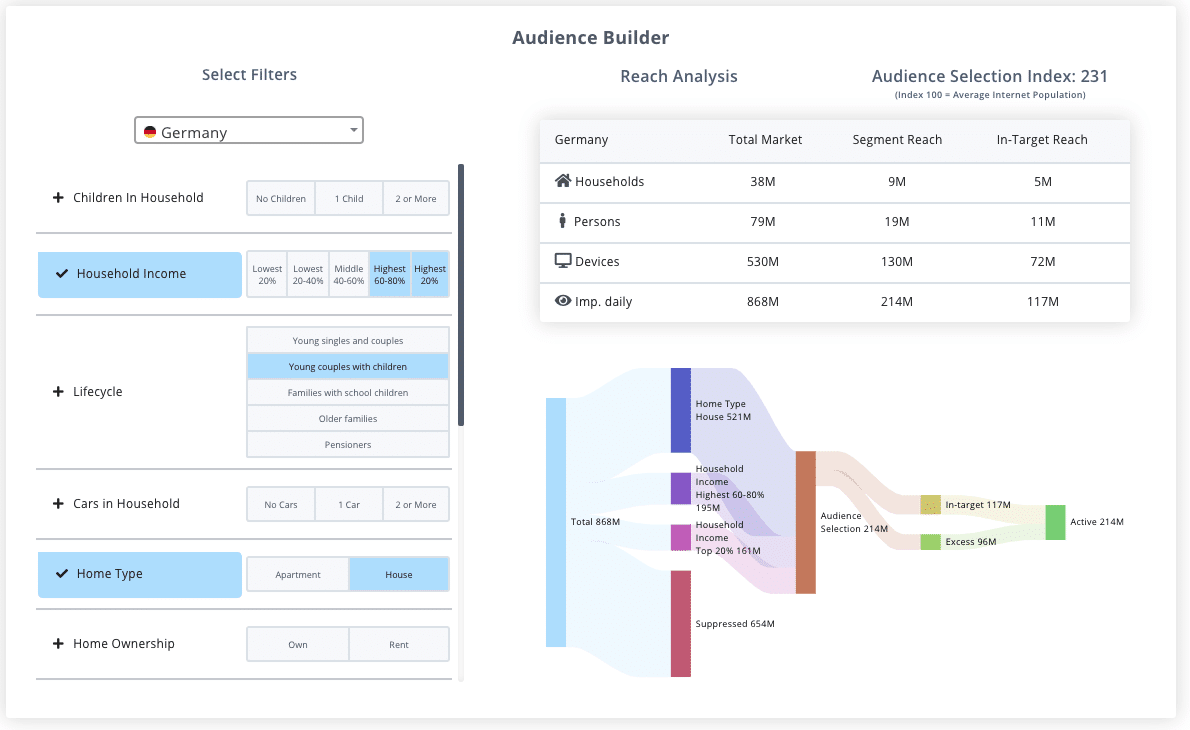
The Dangers of Phony Authenticity
The other day I received an email promotion from an e-tailer from whom I once purchased a wedding gift promising I will love its new collection of stuff, which it curated just for me.
I couldn’t delete it fast enough. Or click the spam icon so that I’ll never see another message from the e-tailer in my inbox again. I have zero interest in the tea towels and tea pots on offer; I simply purchased an item from an acquaintance’s wedding registry.
I found myself resenting the brand’s assumption that just because I purchased one wedding gift once that they know me, or what I love. And this is the danger of phoney authenticity: it irks people to the point that they’ll take steps to punish the brands that extend it.
Granted the newsletter was part of a performance campaign and this post is the first in a series about branding, but I mention it because it illustrates just how wrong and boneheaded many of the assumptions digital marketers make about consumers are, and the terrible consequences those assumptions result in.
Changing attitudes for branding
On the surface, branding campaigns have always been about raising awareness among consumers, but as I say, that was just the surface. On a deeper level, branding campaigns were about making a promise of quality to consumers. And there was a payoff to delivering on that promise: consumers who favored a category of products from a brand will be more open to trying products in other categories because of the trust that’s been built.
In other words, a successful branding campaign builds the upper funnel, and ensures long-term sustainability for the brand.
Branding campaigns were designed to resonate with as many consumers as possible out of necessity. To do that advertisers relied on a handful of tried and true tricks, many of which centered on toying with people’s emotions … the returning college student greeting the family dog, the surprise visit to grandma, the ice cream cone that makes a kid smile after he came in second in a race. Emotions equated to authenticity in the world of branding.
Undeniably, lots of such ads were highly successful and garnered millions of earned views on YouTube (think Nike or Dove). But many were rather generic and, well, unmemorable.
Notice my use of the past tense in the above. That is deliberate. The fact is, the world of retailing has changed in a critical way, and branding needs to change along with it.
About ten years ago a new crop of entrepreneurs began to emerge that challenged the incumbent brands’ way of doing things. Direct-to-consumer (DTC) companies asked us to think deeply about the stuff we eat, smear on our bodies, bring into our homes and put into our cars. DTC founders are masterful storytellers and they deploy their storytelling skills to attract consumers who share their aesthetics and values. In the process, they redefined what it means to be authentic.

The impact on the consumer has been subtle but profound. The old way of demonstrating authenticity — inspiring and emotional messages — no longer works for a great many of us. Authenticity is now synonymous with relevancy. Is this a brand who “gets” my values and knows what I need?
This change in brand attitudes explains why I’m impatient with the brand that had the audacity to assume it knew me enough to tell me what I’d love based on a single interaction. Ten years ago I would have deleted the email and not given it another thought. Today it irks me enough to write about it.
The consumer has changed, and branding campaigns must change alongside them.
We are what we need
How do brands adapt to the new world order? The first order of business is to validate a consumers’ needs before making any assumptions about them.
In the transactional world of retail, consumers are what they need: homeowners need homeowner insurance, parents need school supplies for their children, car owners need fuel and auto accessories. Real-life characteristics drive what people need, want and buy.
And yet traditional brand advertising targets people based on broad characteristics like gender and age. But by relying on these broad brushstrokes, marketers inevitably build campaigns and market to consumers based on stereotypes and faulty assumptions. Campaigns for baby food and school supplies target women of reproductive age, auto-care brands target men aged 25 to 54. Do these assumptions even reflect the world we live in?
Lots of women have no children and never will as a matter of choice. Meanwhile, one in five same-sex households in the US have children. Some 62% of all cars are purchased by women, and they’re the ones who’ll buy the accessories to enhance their costly acquisitions, not some man in their lives.
Branding campaigns that target based on stereotypes can’t help but miss large swaths of the real audience for their products — the ones who might actually buy it someday because they actually need it. They also come across as irrelevant and inauthentic when they target people based on stereotypes.
Interestingly, in our new world order the goals of the brand and consumer converge: brand marketers don’t want to waste their media spend targeting consumers who will never need their products and services, and consumers don’t want to see ads for stuff that’s of no use to them.
Targeting by household characteristics
When Digiseg got into the audience data business back in 2015, our main goal was to offer a cookie-free approach to branding campaigns.
We were very aware of the fact that many women will visit a baby site to search for a gift for a pregnant friend or a gay couple about to adopt their first child, and not because they themselves are new moms.
And we, like marketers everywhere, were frustrated by the fact that third-party auto-indender segments contained millions more consumers than there were cars sold each year.
We also knew the cookie would die a slow death, inflicted by emerging privacy regulations the world over. We watched as the consumer rebelled against rampant cookie-based targeting that resulted in ads following them as they went from their home laptop, mobile device to work computer.
So we decided to create audience segments based on household characteristics — children in household, type of home, life cycle, number of cars in household, and so on. These characteristics validate the consumer’s needs. There’s no point in advertising solar panels to a consumer who rents his or her apartment! Marketers for automotive manufacturers waste their money when they present ads to people who have no intention of ever getting a driver’s license.
We are what we need, at least from a retail point of view.
The immutable truth for brand marketers is this: household characteristics are inherently more suitable for branding campaigns because they discard short-term needs — deduced via a handful of online behaviors, like sites visited — in favor of long-term validated needs.
Marketers may not know whether or not a consumer is in-market for children’s clothes at a given moment in time, but if he has just adopted a baby, there’s no question that at several points during the year, such purchases will be necessary.
Effective branding campaigns tell stories to consumers — e.g. these onesies are made from organic cotton and non-toxic dyes and are perfect for parents who share these values. Household characteristics allow us to reach those parents en masse. And when it’s time to buy replacement PJ’s or jumpers or winter wear, those parents will search out the brands whose stories they like.
At the end of the day isn’t that the mark of a successful branding campaign?
/ Søren H. Dinesen, CEO Digiseg – Shd@digiseg.io

